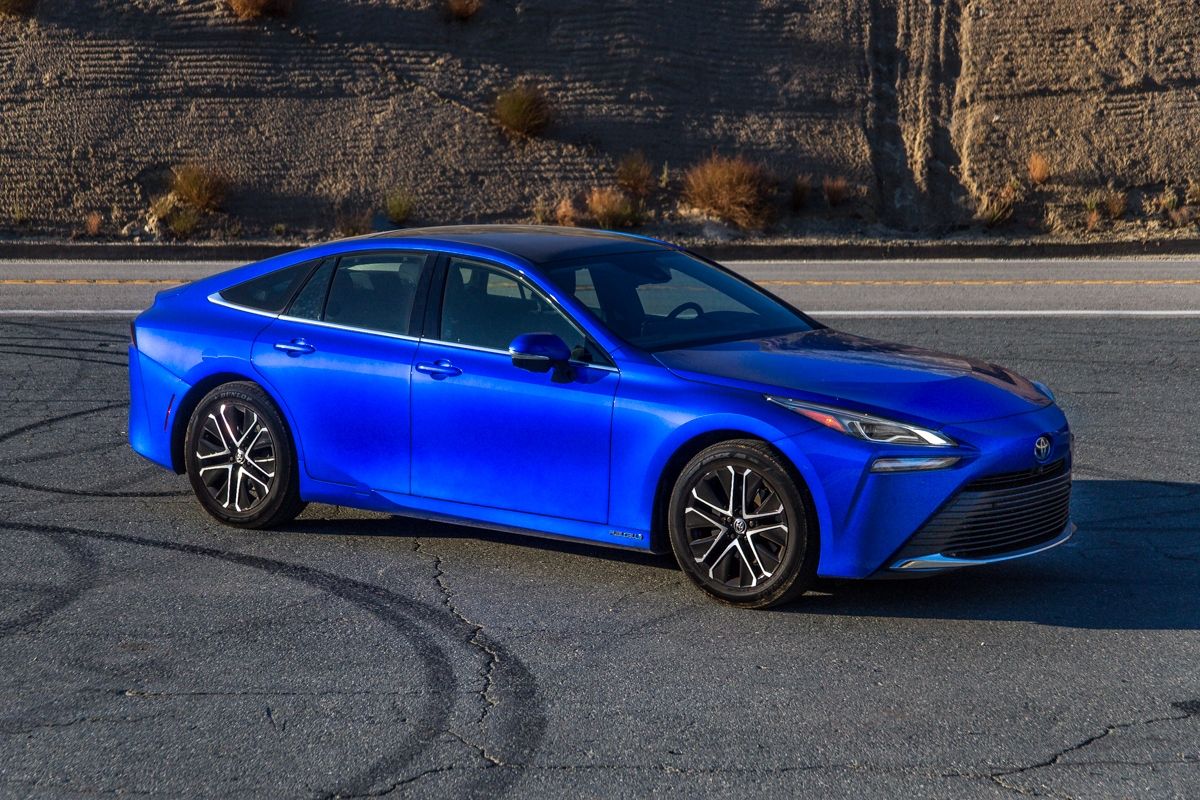
Back in 2017, Toyota announced Project Portal, which brings its zero-emission hydrogen fuel-cell tech to commercial trucks. Now, the automaker's first fuel-cell electric truck is ready to haul cargo, as the automaker has unveiled the latest version of its hydrogen fuel-cell semi-truck jointly developed with truck manufacturer Kenworth. It's the first of ten planned zero-emissions trucks that will start transporting cargo across the Los Angeles basin and to various inland cities starting in Q4 2019.
In the first phase, the trucks will haul goods from the LA and Long Beach ports throughout the LA area, the Inland Empire, the Port of Hueneme, and eventually to Merced. The trucks will be operated by Toyota Logistics Services, United Parcel Services, Total Transportation Services Inc. and Southern Counties Express.
In a second phase, Shell will build hydrogen filling stations in Wilmington and Ontario, California, to provide more opportunities for the trucks to refuel. Initially, the trucks will rely on three existing stations at Toyota's Long Beach Logistics Services and Gardena R&D facilities.
The fuel-cell-electric truck (FCET) is based on Kenworth's T680 truck. Replacing the diesel inline-6 there is a pair of Toyota Mirai fuel cell stacks and an electric drive system producing 670 horsepower and a whopping 1,325 lb-ft of torque. The range on a fill of hydrogen is estimated at 300 miles, which is twice that of a typical drayage trucks' average daily duty cycle according to Toyota and Kenworth.
Over 16,000 trucks serve the LA and Long Beach port complexes, North America's largest trade gateway for containerized cargo. That number is expected to grow to 32,000 by 2030, so there's a lot of sales potential if truck companies start switching to zero-emission options. The long-awaited Tesla Semi is also coming, and Daimler is preparing to unleash a self-driving semi-truck, so we could soon see a battle between zero-emission semis. By 2050, Toyota aims to completely eliminate carbon-dioxide emissions at its Port of Long Beach facility.
